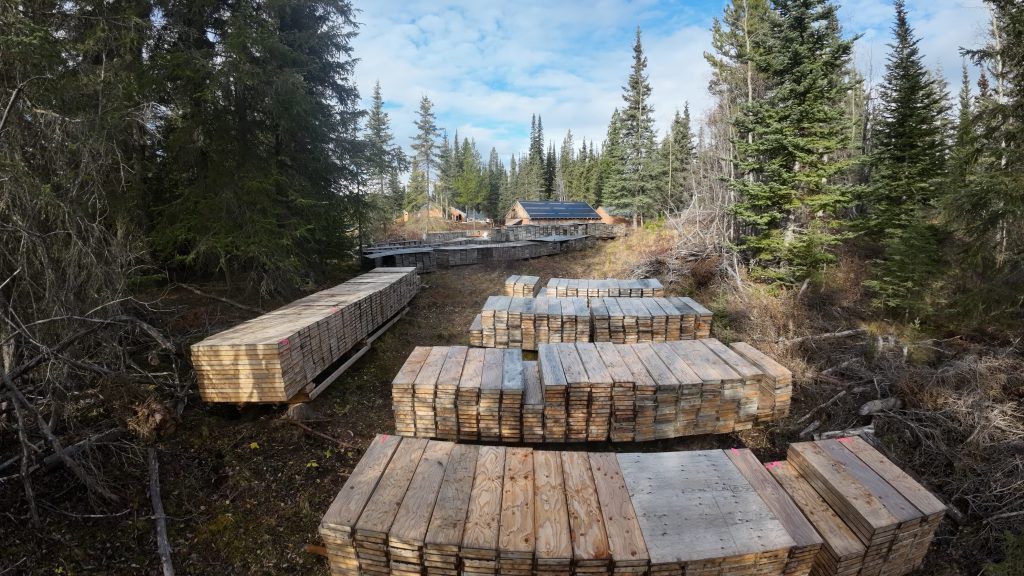Doubleview Gold drilling passes 5,000-metres at Hat Project, British Columbia

Doubleview Gold Corp. [TSXV-DBG; OTCQB-DBLVF; FSE-1D4] updated work at its Hat property in Northwestern British Columbia. The wholly owned Hat Project hosts a large copper-gold-cobalt porphyry-type mineral deposit that was discovered in 2014 and has since been explored by technical surveys and drilling, 79 diamond drill holes with a total length of 36,579.88 metres.
In the 2024 season, Doubleview has drilled more than 5,300 metres in eight drill holes. This drill campaign is directed to the Lisle Zone where an initial Mineral Resource Estimate (MRE-V1), prepared by independent consultants, reported an indicated resource of 150 million tonnes (Mt) and an inferred resource of 477 Mt at 0.2% copper equivalent (CuEq) cut-off grade as well as a scandium potential of an estimated 300 to 500Mt at an average grade of 40ppm.
The MRE-V1 figures are: indicated resource of 1.353 billion pounds (Blb) of CuEq at 0.408% CuEq, which includes 733 million pounds (Mlb) of copper, 28 Mlb of cobalt, 929 thousand ounces of gold and 2 million ounces of silver and inferred resource of 3.619 Blb of CuEq at 0.344% CuEq, which includes 1.945 Blb of copper, 91 Mlb of cobalt, 2.328 million ounces of gold and 7.575 million ounces of silver.
Farshad Shirvani, President and CEO, stated: “We are encouraged by the strength of the sulphide mineralization that confirms our geologic and mineralization model. As always, observations provide further clues to help us understand the genesis and formation of the Hat deposit.”
Drill cores from the recently completed drill holes display numerous intervals of massive mineralization and textures and alteration that may be related to nearby intrusive rock formations that may be the source of the Hat deposit’s mineralizing fluids.
Samples of all cores are being prepared at the Hat camp and forwarded to an independent ISO-certified analytical laboratory for assaying. Significant assay results will be released when received from the laboratory.
